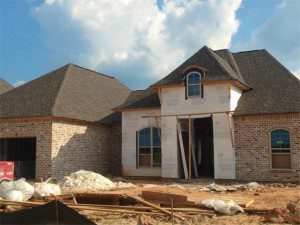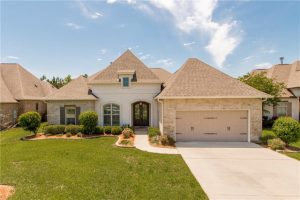CNN reported that January has seen an improvement in home builder confidence. In fact, it was the first uptick since it has been falling for the past year.

Construction prospects are improving and this is good news for homebuyers in the housing market. For the past several years potential buyers have been facing a battle due to low inventory. According to the National Association of Home Builders/Wells Fargo Housing Market Index, the current sales, buyer traffic, and the conditions for the sale of new construction homes are improving.
Even with spikes in construction costs, shortage in building materials, and harsh affordability conditions, builders are starting to look up. The National Association of Home Builders/Wells Fargo Housing Market Index, which * is meant to gauge market conditions reported that builders’ confidence went up from December to January. December reported the lowest since 2012.
“It appears the low point for builder sentiment in this cycle was registered in December, even as many builders continue to use a variety of incentives, including price reductions, to bolster sales,” Konter said. “The rise in builder sentiment also means that cycle lows for permits and starts are likely near, and a rebound for home building could be underway later in 2023.”
“In the coming quarters, single-family home building will rise off of cycle lows as mortgage rates are expected to trend lower and boost housing affordability,” he said. “Improved housing affordability will increase housing demand, as the nation grapples with a structural housing deficit of 1.5 million units.”




